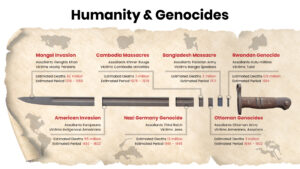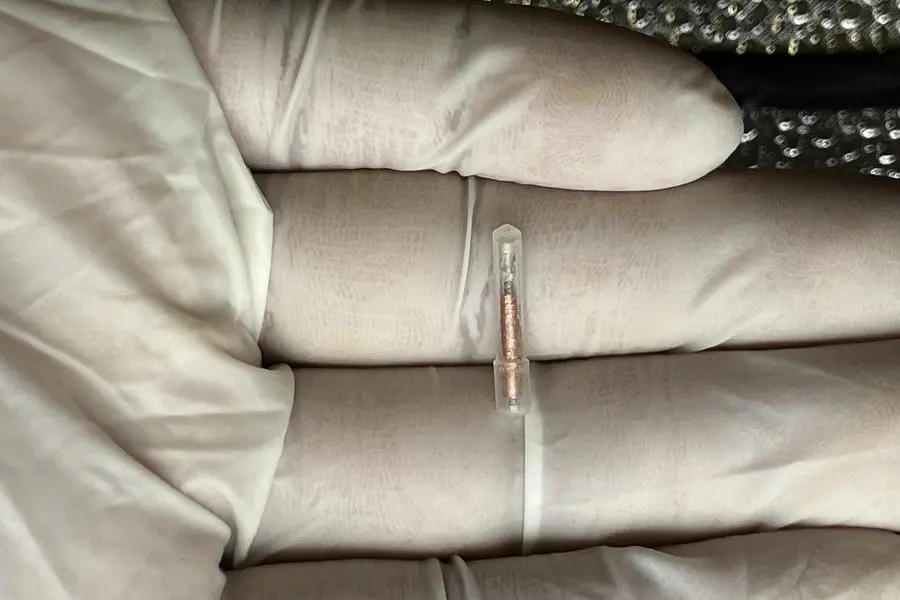Al Seer Marine, a subsidiary of International Holding Company (IHC), has acquired two reefer ships and one bulk carrier.
The company said the acquisition is part of its expansion strategy, which will see the company multiply into the commercial shipping segment.
Founded in 2002, Al Seer Marine’s total assets are AED3.98 billion as of the end of June 2021, AED1 billion in paid-in capital and over 1,200 employees.
The company said it was recently listed on the Abu Dhabi Securities Exchange (ADX) Second Market and provides vessels construction services, operation, refurbishment, and yacht management to private customers, as well as fulfilling public sector vessels contracts.
Guy Neivens, Chief Executive Officer of Al Seer Marine, said, “The company’s latest fleet additions form an integral part of its future-looking development strategy.”
He said the company embarking on a new journey into the commercial shipping segment at a time when the global new build order book is projected to remain low, which will ensure the global charter markets remain firm.
World seaborne trade has experienced a firm rebound of about 4 percent in 2021 following a reduction of 3.4 percent in 2020.
Seaborne transport is projected to increase in the majority of trade segments. World seaborne trade is expected to continue to increase at 10 years CAGR of about 2.4 percent for the next five to 10 years.








